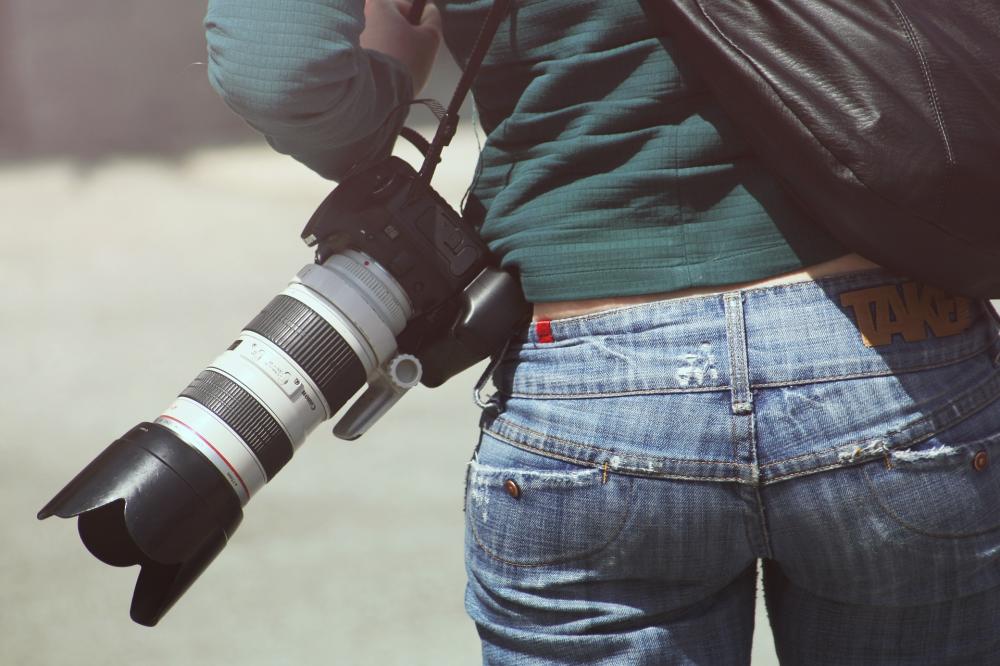What does photography mean? Photography has always fascinated us from the moment it was created. But do we know what it is and what it consists of? There are actually at least a few answers to this question. Much depends on whether we mean the exact meaning of the word or the technique it means. The latter, however, can also be deceptive, because in the colloquial sense photography is something slightly different than in the professional sense.
- https://www.odniku.edu.pl/koszty-uslug-pralni-w-zaleznosci-od-materialu-ktory-chcemy-wyprac/
- https://www.banita.com.pl/nosidelko-czy-chusta-dla-niemowlat/
- https://www.eplusi.pl/jak-czyscic-sztuczne-kwiaty/
What does the word photography mean?
The word photography comes from the Greek language and is actually a variation of several different words. Belong to them:
- Phōs or phōtós – meaning light,
- Graphō – that is, I write,
- Graphein – that is to draw, to write.
This cluster is often translated as drawing or writing with light. Interestingly, this sentence is not just a poetic variation. In fact, it has a very practical effect on what photography actually is.
The colloquial meaning of the word photography
What we imagine when we hear or read the word “photography” is not a misconception at all, but it does not fully exhaust the meaning of this word. As a photograph, we commonly understand an image recorded by means of an optical system, i.e. a camera.
The professional meaning of the word photography
In professional terms, however, photography means a bit more. It really is recording reality with light, and the optical system is only one of the means by which we can do this. A specific branch of photography is the so-called rayography. It allows you to fix the image with light, but without the use of an optical system. Instead, we use light-sensitive materials. In this way, we usually obtain monochromatic records with extremely fanciful forms.
Where did the photography come from?
Although we most often associate it with inventions created in the 19th century, in fact the history of photography goes back much further, even to antiquity. Perfected over the centuries, it had to go a long way before it became what we can enjoy today.
Photography in antiquity
It may come as a surprise to many people, but the first attempts to create a camera took place in ancient Greece. Aristotle and Euripides, among others, had their observations on this subject. The latter even recorded them in a work entitled Optics. Evidence was also found that attempts at the camera were also made in China. We can only assume that similar discoveries were also made among other civilizations whose written records were annihilated in the ruthless process of colonization.
Photography in the Middle Ages
The first known exact date related to photography is the year 1020. It was then that the Arab mathematician Abu Ali Hasan Ibn al-Haytham from Basra made the first known fully scientific description of the optical darkroom.
Photography in modern times
Although many people already had ideas for saving images with light, the issues related to photography began to move forward really only in modern times. It was then that it was first noticed that both silver chloride and nitrate changed significantly when exposed to sunlight.
On the basis of these observations in 1725 there was a great breakthrough in the field of photography. It was then that a resident of German Halle, Johann Heinrich Schulze, made the first prototype of photography. It was a reproduction of an image for which he used a base of white chalk and a photosensitive emulsion made of silver chloride.
However, it was not until 100 years later, around 1826, that the first photograph was taken. It was very imperfect and not very clear, but that’s what first practice can be. Frenchman Joseph Nicéphore Niépce applied Syrian asphalt to a carefully polished metal plate, which he used as a photosensitive emulsion. This is how he captured the view from his window.
Further on, the history of photography developed rapidly, as many inventors and scientists became interested in it. Further achievements were made around the same time by a Frenchman named Louis Jacques Daguerre and an Englishman named William Fox Talbot.
The first of them invented a way to obtain a single copy of the image. He achieved this effect by applying a thin layer of silver iodide to a silver-plated and carefully polished copper plate. His method allowed for the immortalization of a relatively clear and faithful representation of reality, preserving numerous details.
Talbot’s method allowed to obtain countless prints by using the so-called negative. Using an optical darkroom, he exposed paper coated with silver iodide and then developed it with acid. After re-exposure through such a sheet of paper coated with silver chloride, he obtained further prints.
The first color photograph
All the photos so far have been, of course, black and white. They were patches of black, white and grey. The first color photograph was obtained in 1861. Its author was a Scottish mathematician and physicist named James Clerk Maxwell. To create it, he used red, blue and green optical filters.















